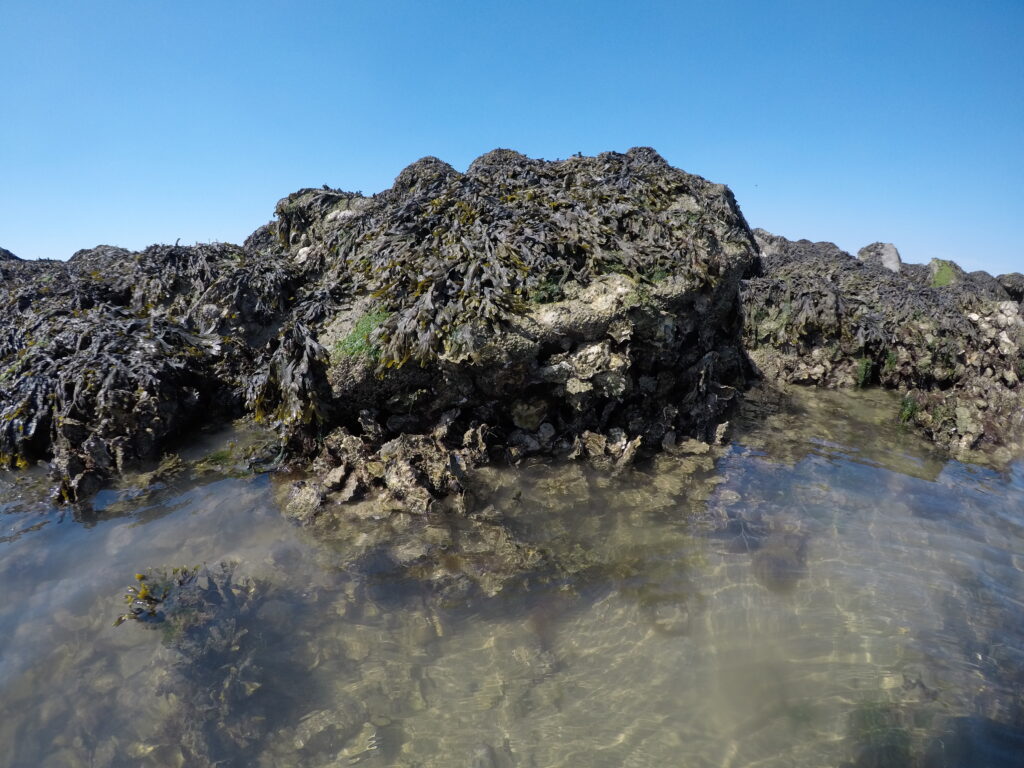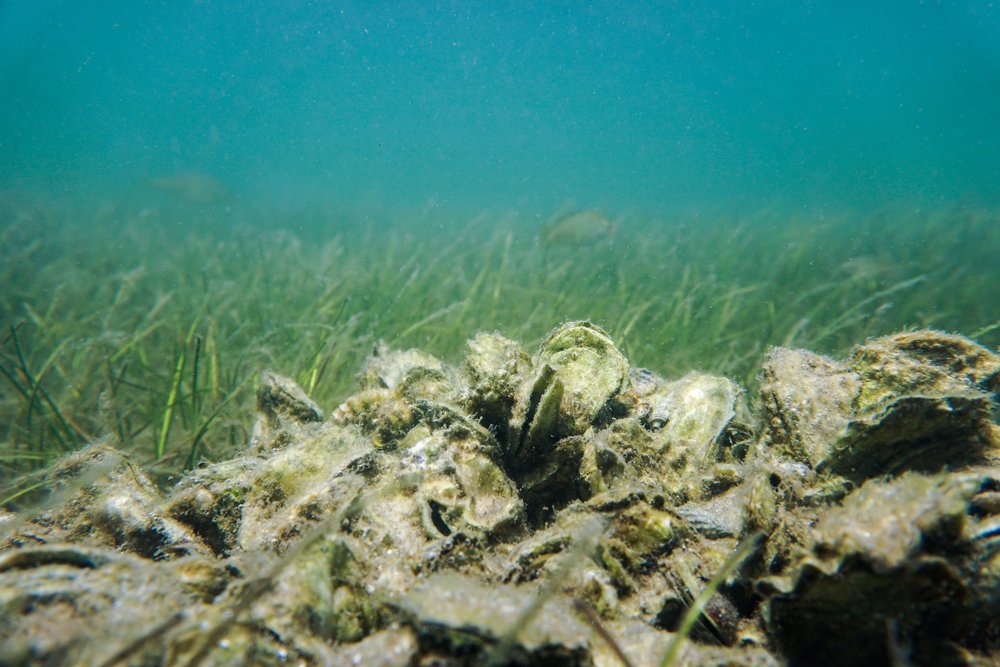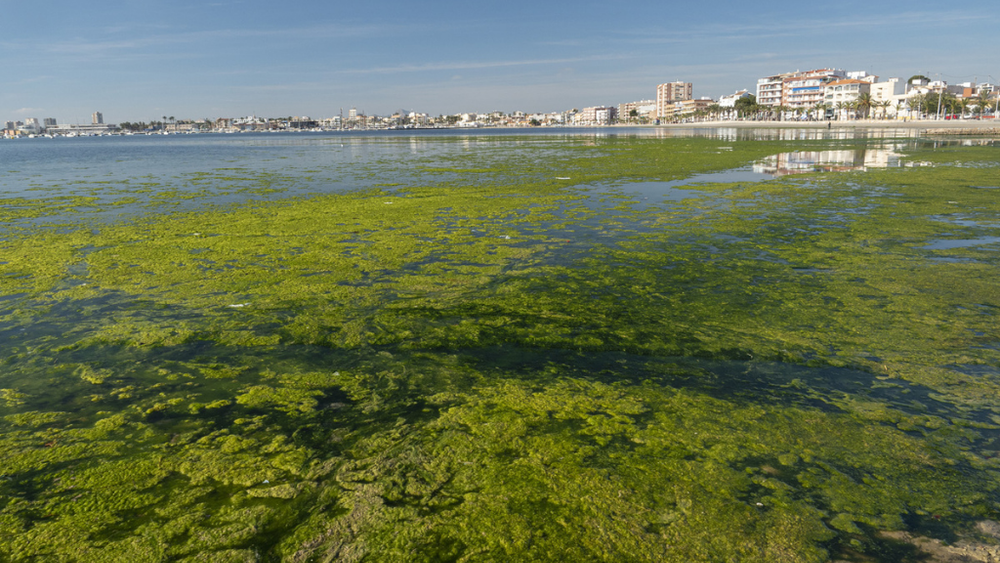Every ecosystem is made up of different species interacting with each other in different ways. We are quite familiar with the predator/prey relationship that ensures the balance in the food web as a means of protection. A good example is the key role of sharks in controlling the number of sea turtles that could otherwise impact seagrass on which they feed.
Unfortunately, predation is not the only factor affecting the marine primary producers. Discharge of excess nutrients results in the outgrowth of microalgae on the surface of the water preventing light penetration. And with no light, there is no photosynthesis. It is also common practice in the tourism industry, to create beautiful clear lagoon and sandy beaches by removing seagrass and seaweed. Why is this not a good practice from an environmental perspective?

Both seagrass and seaweed are among the primary producers in the marine ecosystem.
Similar to their counterparts on land, they contain chlorophyll allowing them to take part in a process known as photosynthesis whereby they use, among other things, the energy from sunlight and carbon dioxide (CO2), to produce their own food in the form of glucose.
In this process, they utilise most of the excess dissolved CO2 in their surrounding that would otherwise react with water to form carbonic acid, a contributor to ocean acidification. In doing so, they protect sea creatures with exoskeleton and shells that would otherwise dissolve under acidic conditions.
In the case of oysters, acidic conditions result in a weaker shell, making them more susceptible to predation and environmental conditions. Some species will prioritise strength over growth, resulting in smaller size oysters.
In return, oysters ensure the sustainable growth of seaweed and seagrass by keeping the ocean clean. They feed on microalgae and trap excess nutrients and other suspended particles in biomatrices, settling at the bottom of the sea, to keep the water clear for light penetration. It’s a perfect partnership and one of the many ways nature stays balanced and ensures the survival of its species.

Unfortunately, we disrupted this perfect balance, by destroying 85% of the world’s oyster reefs while increasing land practices that produce excess nutrients polluting the ocean.
Without enough oysters, the ocean could no longer mitigate excess nutrients, leading to an outgrowth of plants and algae. Mats of green would grow on the surface of the water, known as algal blooms, blocking the light and gradually killing the plants that can no longer make food. Marine herbivores would have nothing to feed on, creating a domino effect on other species up the food chain.
Eventually, oxygen becomes scarce and this area, previously full of life would become a dead zone.

Oysters, seagrass, seaweed… every species in the world serves an important purpose in nature’s balance. Every creature, no matter how small, is a link in the chain.
We need to help nature, and conservation efforts should go towards rewilding (or seawilding) and bringing nature back to how it was before.
Oysters, as keystone species, help support the marine ecosystem and the balanced growth of seagrass and seaweed. Meanwhile, the last two help keep the water conditions appropriate for oysters to thrive.
By regenerating oyster reefs, we are indirectly supporting the regeneration of other species, that will be serving their purpose as well.